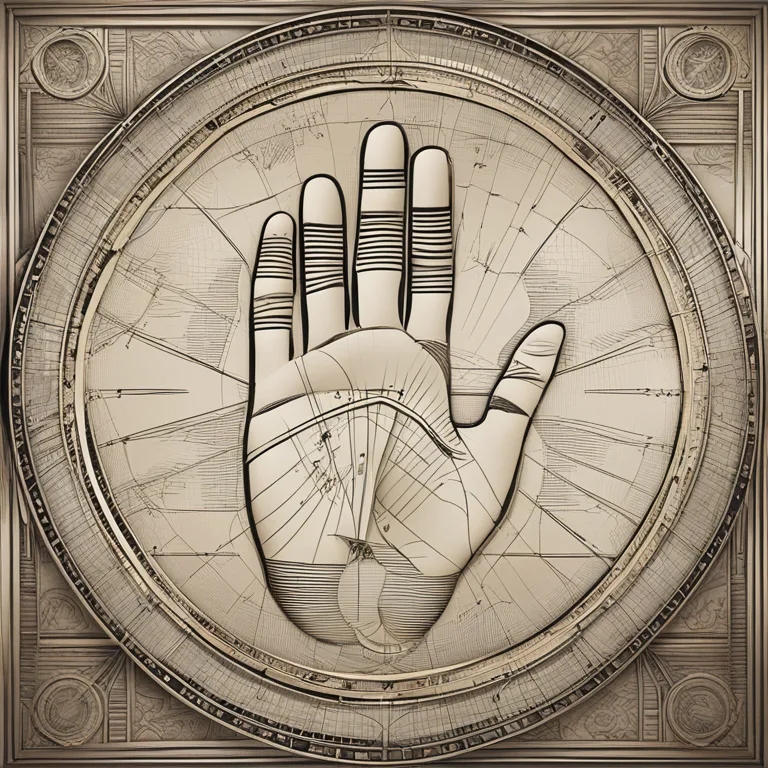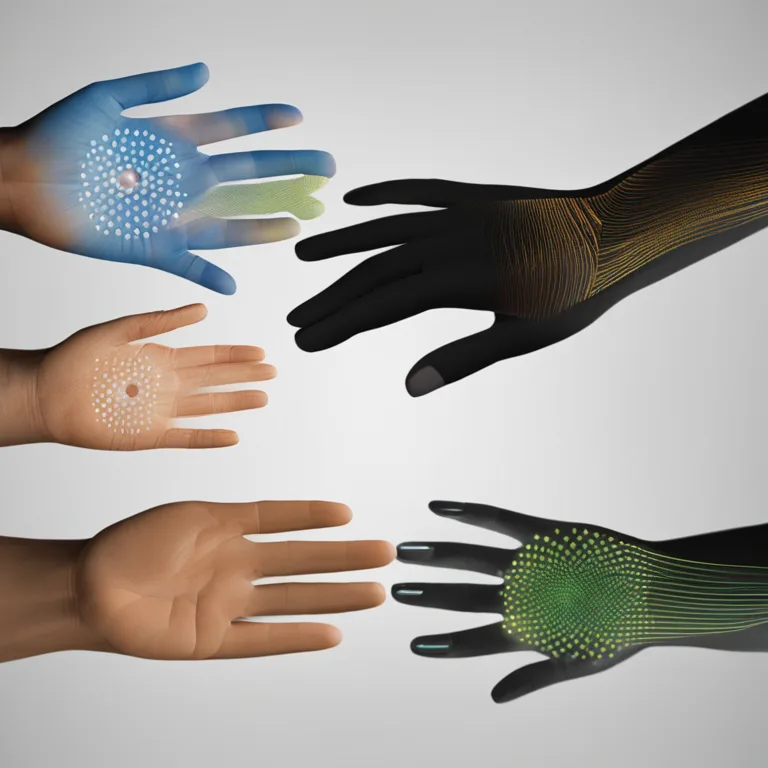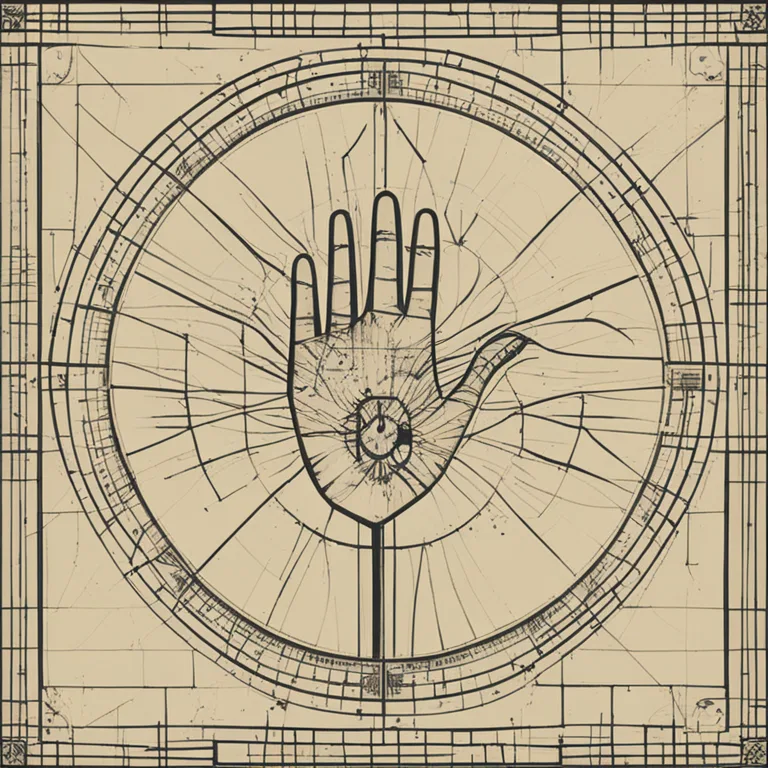
Palmistry & Its Dynamic Nature
Discover why palm lines are subject to change and what factors influence their transformation over time.
article by Nora Pennington
Palmistry's Foundations
Palmistry, the ancient art of reading hands, has intrigued humans for millennia. It's predicated on the belief that our palms offer glimpses into personalities, life paths, and destinies. Central to palmistry are the lines on one's palm, considered to be the roadmap of life. These creases, evolving from infancy to old age, are believed to reflect personal growth, life changes, and even health status. While the basic structures of palm lines are formed during fetal development, the subtle and sometimes more pronounced variations that occur over time mirror the dynamic journey of human life.

Factors Influencing Palm Line Changes
Contrary to static and immutable genetic traits like eye color or height, palm lines can transform, reacting to physical, emotional, and circumstantial shifts. Factors such as aging, health changes, lifestyle adjustments, and psychological developments all contribute to the ever-changing landscape of our palms. As such, events that impact the elasticity and texture of the skin—like dehydration, weight fluctuation, and environmental conditions—also play a critical role.

Understanding Lines as Life's Narrative
To the seasoned palmist, these evolving lines are akin to chapters in an autobiography, each modification denoting a new episode or a shift in the individual's narrative. An increase in stress, for example, may lead to the deepening of certain lines, while positive lifestyle changes might promote the emergence of previously faint lines. This fluid aspect of palm lines supports the concept that while fate may set a foundation, the individual holds significant sway over their life's direction.

Scientific Perspective on Palm Line Changes
From a scientific viewpoint, researchers assert that alterations in palm lines correlate with anatomical changes. Hand movements and grip patterns can vary over time, which arguably reshape these lines. Additionally, dermatological research suggests that skin health, influenced by both internal and external factors, can induce changes in lines. While the scientific community typically doesn't endorse the predictive nature of such variations, they acknowledge the reflective quality of dermatoglyphics—the patterns on our fingers and palms.

Modern Acceptance and Technological Influences
Palmistry's acceptance in contemporary times has seen a resurgence, thanks greatly to digital technology that facilitates access to information and palm reading services. Advancements in biometric technologies, such as touchscreens that can read and analyze handprints, underscore the uniqueness of palm lines. These innovations have sparked a renewed interest in studies that focus on the consistency and variability of palmar features, further highlighting the dynamic nature of these dermatoglyphic markers.
The Interplay of Destiny and Free Will
While some enthusiasts view changes in palm lines through a mystical lens, others regard this phenomenon as emblematic of the balance between destiny and free will. It poses an intriguing question for believers and skeptics alike: if palm lines indeed chronicle a life's journey, to what extent can we shape the script? Regardless of belief, the undeniable fact that palm lines do change encourages a broader consideration of the connectivity between body, mind, and perhaps even the cosmos.
Published: 1/3/2024
Modified: 1/3/2024
More predictions
Come back here soon to learn more about yourself and your future


Palmistry Clues to Predicting Parenthood
Delve into the palmistry lines associated with predicting childbirth and learn what your hands may reveal about future family life.


The Origins of Palmistry: An Ancient Practice
Delve into the fascinating beginnings of palmistry—the ancient art of hand reading for insights into character and destiny.


The Origins & Journey of Palmistry
Trace the fascinating history of palmistry, understanding its ancient roots and its evolution through cultures and time.